These past six months, we have been living mostly indoors. Within the corners of our homes, we try to connect with our families, friends and workmates through a variety of means: online meetings, sending food over, and even attending virtual events such as weddings. We didn’t choose to live this kind of cloistered existence. A pandemic forced us into this.
Thus, it was very interesting for me to know why particular persons choose this kind of lifestyle or, in Catholic parlance, are called to this “vocation” of monastic/contemplative life.
From the Benedictine monks of the Abbey of Our Lady of Montserrat (Mendiola, Manila), the Discalced Carmelite nuns of the Carmel of St. Thérèse (Gilmore, Quezon City) and the Sister Servants of the Holy Spirit of Perpetual Adoration or the Pink Sisters of St. Joseph’s Convent of Perpetual Adoration (Doña Hemady, Quezon City), here are some practical as well as spiritual pieces of advice on how we can meaningfully live out our current, almost cloistered lives.
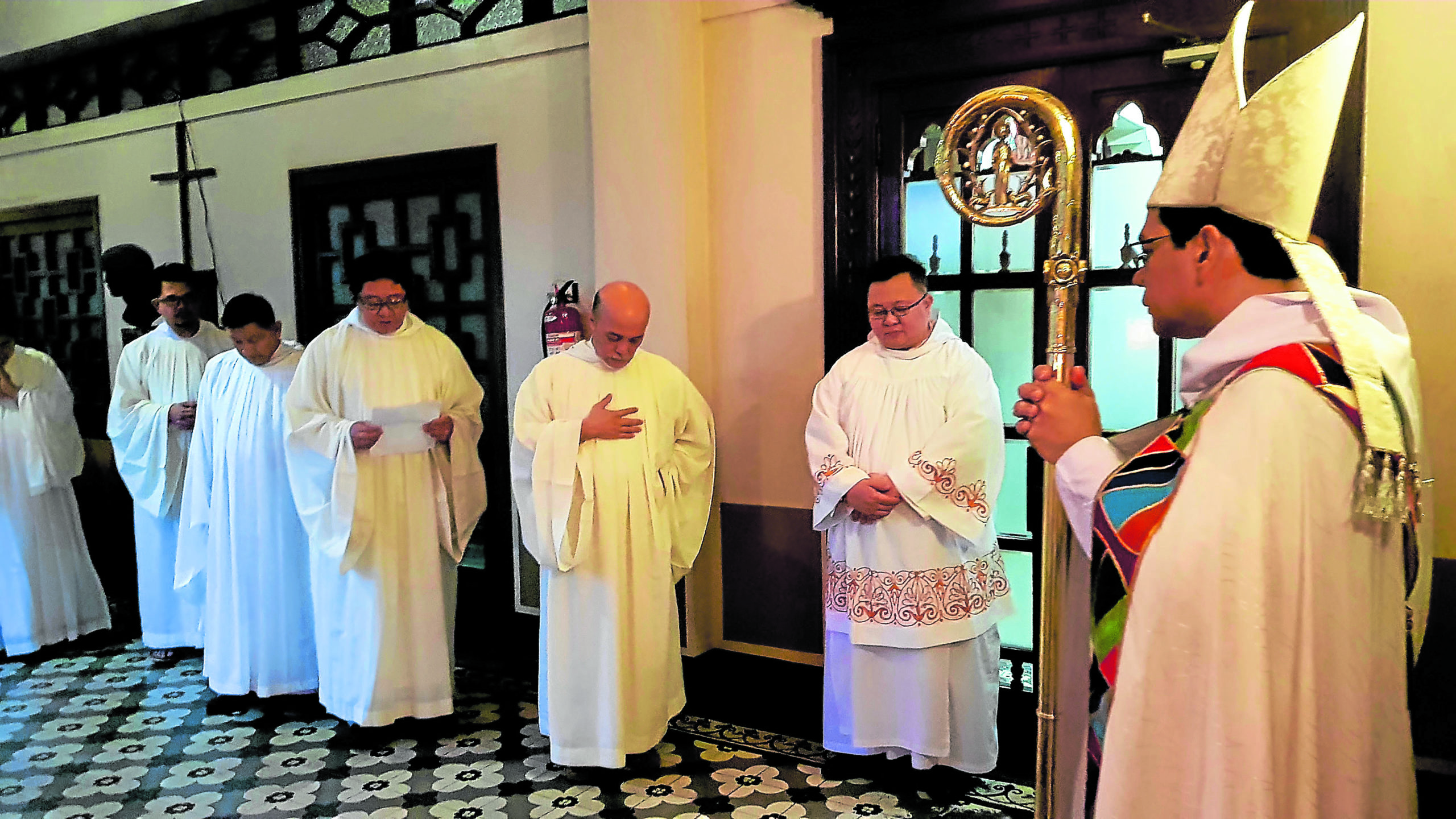
Adhere to a schedule and maintain a routine
Referred to as an horarium, the schedule that monks and contemplative nuns stick to combines prayer, study, rest/recreation and times of solitude.
According to the Rt. Rev. Austin Cadiz, OSB, abbot of the Benedictine community of Manila, “The discipline of following the daily monastic horarium of ora et labora (prayer and work), community and solitude, study and spiritual reading as well as the daily practice of one’s crafts and talents, physical exercise, manual work, and so on, keeps a monk like me going in my monastic journey in the cloister.”
The prioress of the Carmel of St. Therese, Sister Rose Ann Dominique, OCD, advised that, for practical purposes, lay people, too, should have a schedule that features work, hobbies, rest, and yes, prayer or meditation, to set a pace for normalcy indoors.
“It is good to have a daily schedule of one’s activities and plans. In the monastery, the horarium balances work, prayer, meals, recreation and rest or sleep,” she said.
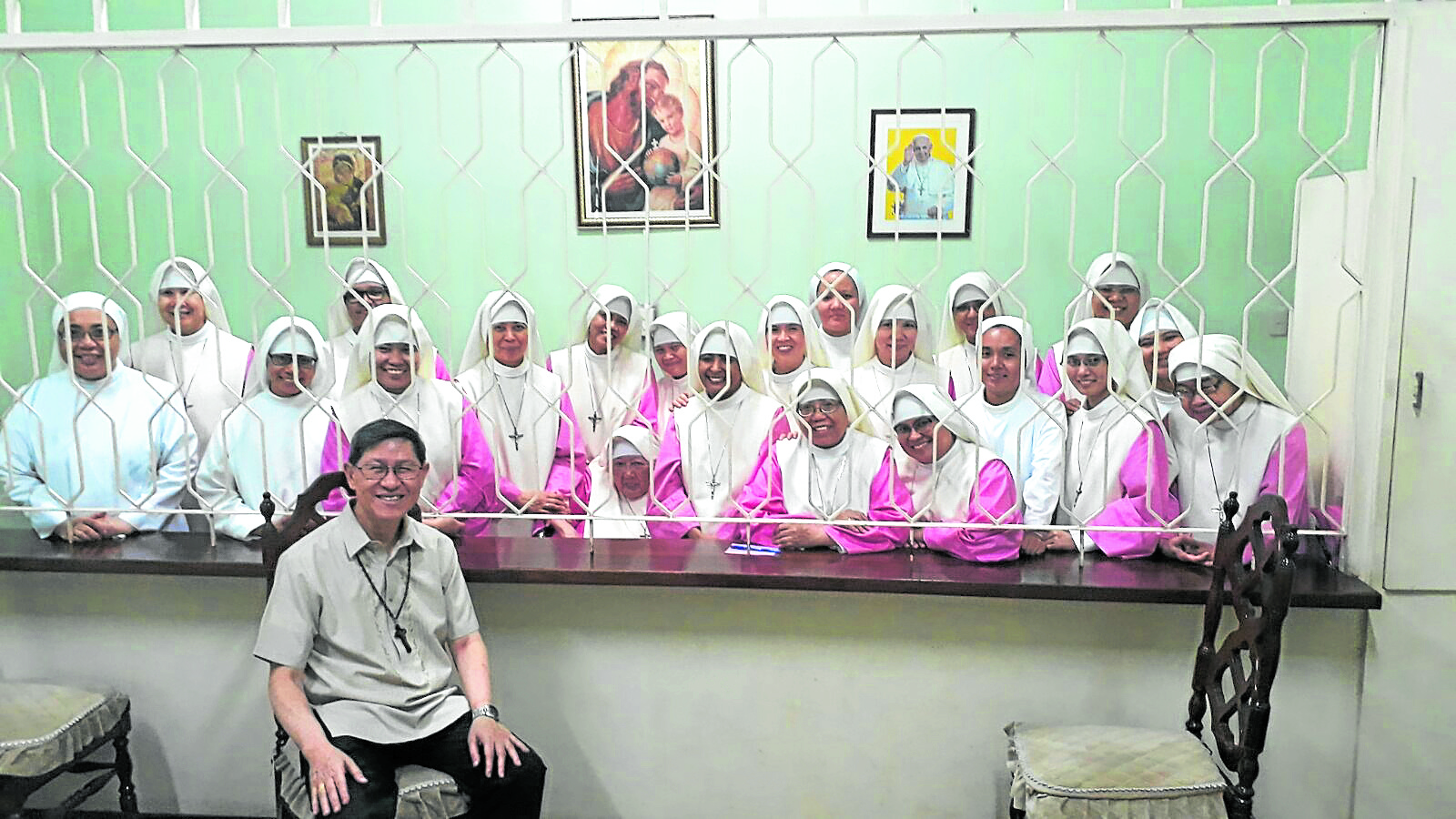
Balance obligations and passions
The abbot shared that monks live by a rule, and in their case, it’s the time-tested Rule of St. Benedict, which has been around since the sixth century.
“The Rule is also known for its moderation and flexibility. It maintains a healthy, balanced lifestyle for the spiritual growth of a monk,” Father Cadiz explained.
Due to cancellations of retreats and physical classes at San Beda University, which the monks operate, they have been given more time for their individual pursuits.
“I’ve been given more time to focus and develop my talent in writing icons. Working in my monastic cell enables me to appreciate God’s blessings. It has been a way, too, to pray for others in the midst of this pandemic,” according to Father Cadiz.
Sister Rose Ann explained that “one has to have good balance and self-discipline to achieve a meaningful day. Too much of any of our activities can be detrimental to our health.”
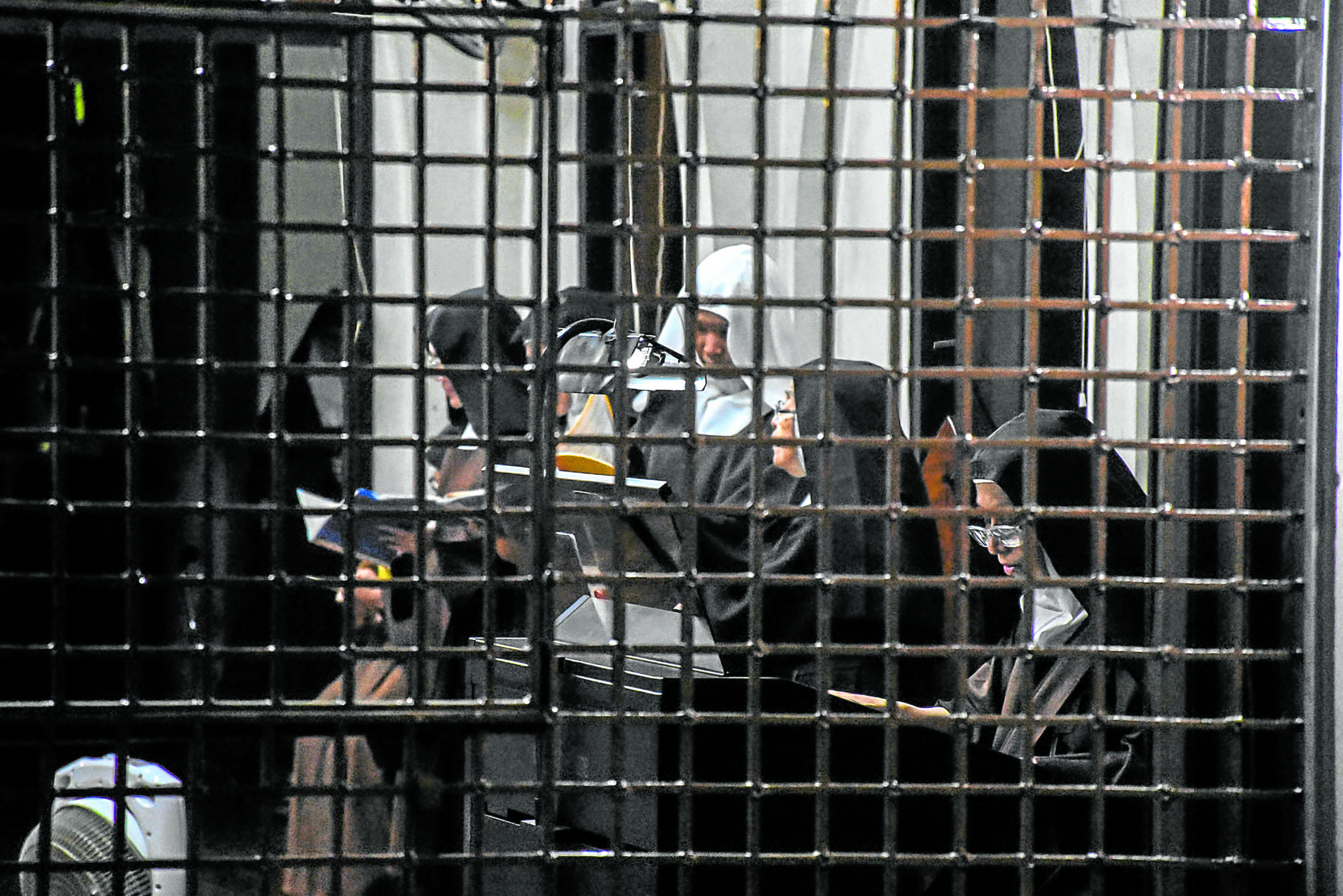
Solitude can actually help you connect with others
Living in a cloister or enclosure might not be the most obvious way to connect to others.
However, from the point of view of the Pink Sisters, their “enclosure is the sign and form of contemplative life to which we are called. The grilles do not alienate us from others, but help us to be free to live fully for God and his people, enabling our prayer to reach from the cloister far out into the world to give it hope,” explained Sister Mary Gloria, SSpSAP, superior of the St. Joseph’s Convent of Perpetual Adoration. “We have chosen to give up, in a radical way, the good of home visits in order to immerse ourselves fully in our mission within the cloister.
“With less distractions, we are able to fully immerse in the thoughts, sufferings, anxieties of the world and the individuals who write letters to us for prayer requests. We are not bogged down by disproportionate attachment to material things or trends because we have more time to listen and pray for others,” she said.
Likewise, for the Carmelites, “the vocation to the enclosed contemplative life does not emphasize too much on the fact that we are enclosed; rather, it emphasizes the need to be with God in an exclusive manner, to create a space where one can realize the desire only for God, as a service for the rest of the world,” Sister Rose Ann explained.
There is a deep sense of connection and solidarity with people suffering when all of us share the experience of being indoors and thinking of the welfare of others.
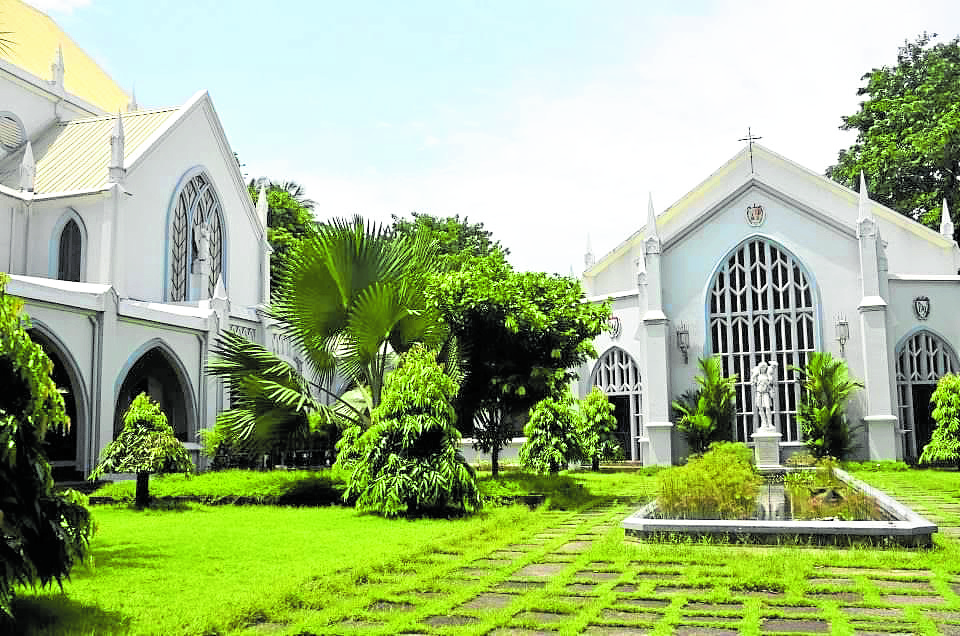
Have hope
For us who didn’t choose this kind of life in isolation, the Carmelite nuns advise laypeople “to practice the virtue of hope. This is a supernatural virtue that practically connects us with God Himself,” said Sister Rose Ann.
“I do hope and pray that despite the sufferings, trials and loss of lives during the pandemic, we will learn to trust in God’s providential care and compassionate love. May this challenging time help us deepen our love for God and care for one another,” Father Cadiz advised.
Pray
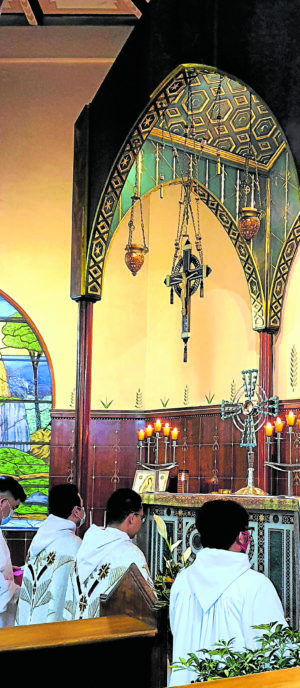
Finally, monks and nuns couldn’t leave out the one thing they have dedicated their lives to: prayer.
Father Cadiz explained that in most Benedictine monasteries, the Latin words “Pax Intrantibus” are placed on doors because as monks, “we humbly, deeply and unceasingly pray for peace. The primary vocation of a monk is to pray, and prayer is the heartbeat of our community.”
For those who want to actually learn and pray the “prayer of the Church,” the Liturgy of the Hours, the Benedictines created the Facebook page “Montserrat Manila,” through which people can join them for Lauds (Morning Prayers), Mass (“the highest point of our day,” according to Father Cadiz) and Vespers (Evening Prayers).
“Mental prayer and meditation for about 15-20 minutes will be very helpful, as well as 30 minutes of spiritual reading or Lectio Divina. In the monastic way of life, especially popularized by St. Thérèse in her Little Way, we can offer ‘little things’ such as smiling or greeting somebody even if you might dislike that person, or folding your beddings in a recollected, unrushed way,” Sister Rose Ann said.
Considering these tips is worth our time because, as Father Cadiz said, the monastic way of life has withstood centuries of changes and societal upheavals as well as wars and, yes, plagues and pandemics.
During these days when we choose to stay home for the safety of our loved ones and the bigger community, it’s good to consider why, in the first place, men and women, for centuries, have chosen to live a vocation of “perpetual isolation.” —CONTRIBUTED








































